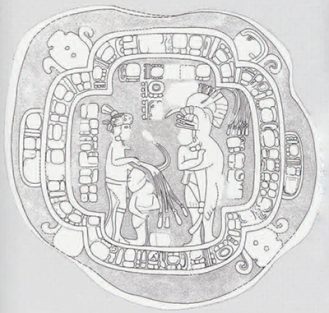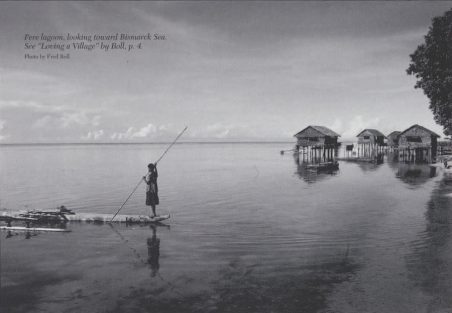Vol. 22 / No. 4
By: Brian I. Spooner and Lee Horne
Cultural and Ecological Perspectives from the Turan Program, Iran
Introduction The Historical Significance of Deserts A zone of arid and semi-arid country stretches from the Atlantic through northern Africa […]
View ArticleVol. 22 / No. 4
By: Lee Horne
Dryland Settlement Location: Social and Natural Factors in the Distribution of Settlements in Turan
Settlement in Turan takes three principal forms: year-round permanent villages, summer milking stations, and winter sheep stations. This three-way division […]
View ArticleVol. 22 / No. 4
By: Lee Horne
Village Morphology: The Distribution of Structures and Activities in Turan Villages
The thirteen villages of central Tauran are small, highly nucleated, and irregular in plan. Beginning from the foothills of Mount […]
View ArticleVol. 25 / No. 1
By: Lee Horne
Fuel For The Metal Worker: The Role of Charcoal and Charcoal Production In Ancient Metallurgy
As an accidental by-product of combustion, wood charcoal has certainly been known for as long as fire itself. Very probably […]
View ArticleVol. 29 / No. 3
By: Lee Horne
Artisans and Archaeologists: A Special Section on the Study of Crafts in India
Observing a skilled artisan at work brings to the viewer an understanding that is bath aesthetic and intellectual, and that […]
View ArticleVol. 29 / No. 3
By: Lee Horne
The Brasscasters of Dariapur, West Bengal: Artisans in a Changing World
In the spring of 1988, Sri Haradhan Karmakar (Figs. 1,2), a brasscaster from West Bengal, came to Philadelphia to participate […]
View Article
Vol. 29 / No. 3
By: Lee Horne
Brasscasting in Dariapur
The following description briefly outlines the stages of dhokra brass-casting as carried out by Dariapuri artisans today. Variations in materials […]
View ArticleVol. 33 / No. 1
By: Lee Horne
Reading Village Plans: Architecture and Social Change in Northeastern Iran
Architecture plays multiple roles in people’s lives. Dwellings reflect not only how people live, but also how they think about […]
View Article
Vol. 33 / No. 1
By: Lee Horne
What is Ethnoarchaeology?: Introduction
In the traditional academic division of labor, ethnographers study the present, archaeologists study the past. Both aim to understand and […]
View Article
Vol. 35 / No. 3
By: Lee Horne
Return to Caracol: Behind the Scenes
In September of 1951. The University Museum received a 20ton shipment of limestone monuments. most of them in fragments, from […]
View Article
Vol. 35 / No. 3
By: Lee Horne
Focus on Fieldwork: Introduction
This issue of Expedition focuses on five very different kinds of fieldwork projects. All are connected in one way or another […]
View Article
Vol. 36 / No. 1
By: Lee Horne
Introduction – Spring 1994
This special Expedition on Native Fairs and Markets of the Southwest takes issues of tradition and innovation, preservation and change, […]
View Article
Vol. 38 / No. 2
By: Lee Horne
Glass in the Roman World
In the fall of 1997, more than 180 Roman glass vessels from the University of Pennsylvania Museum will be placed […]
View Article
Vol. 40 / No. 2
By: Lee Horne
Ur and Its Treasures: The Royal Tombs
Alder Sumer lay in lower Mesopotamia, an arid land broken by belts of green along the banks of its canals […]
View Article